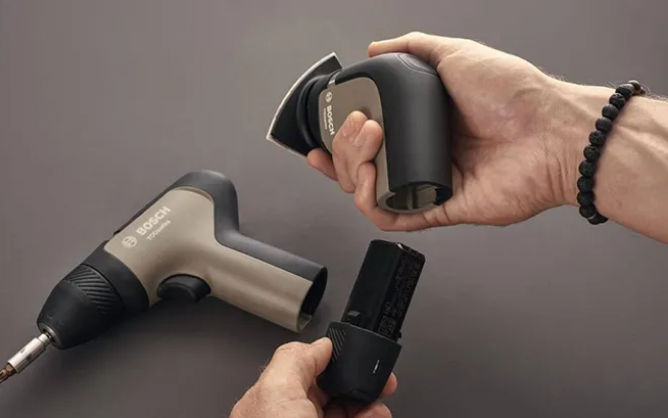Your Position: Home - Mechanical Parts & Fabrication Services - What are the benefits of low pressure molding?
Low pressure molding, a process that involves encapsulating electronics, components, or delicate parts with a thermoplastic material at lower temperatures and pressures, offers a range of benefits across diverse industries. This innovative molding technique has gained popularity for its ability to address challenges associated with traditional molding methods. Let's explore the key advantages of low pressure molding:
**1. Gentle Encapsulation of Delicate Components:
Protection of Sensitive Electronics:
Low pressure molding is particularly suitable for encapsulating delicate electronic components, sensors, and other sensitive devices. The process involves using low temperatures, reducing the risk of heat-related damage to the encapsulated components.
Prevention of Component Distortion:
Delicate parts, such as circuit boards and sensors, are less likely to undergo distortion or damage during the low pressure molding process. The gentle encapsulation ensures the integrity of intricate components.
**2. Rapid Cycle Times and Increased Efficiency:
Quick Processing:
Low pressure molding typically has shorter cycle times compared to high-pressure molding methods. The rapid processing speed enhances production efficiency, making it an attractive option for manufacturers seeking streamlined operations.
Reduced Energy Consumption:
The lower temperatures required in low pressure molding contribute to reduced energy consumption. This energy efficiency aligns with sustainability goals and can result in cost savings over time.
**3. Cost-Effective Tooling and Material Usage:
Simplified Tooling:
Low pressure molding often involves simpler tooling designs compared to high-pressure molding processes. This simplicity leads to cost savings in tooling fabrication, maintenance, and overall production.
Material Optimization:
The use of thermoplastic materials in low pressure molding allows for material optimization. Manufacturers can choose materials based on their specific application requirements, optimizing both cost and performance.

**4. Enhanced Sealing and Water Resistance:
Effective Sealing:
Low pressure molding creates effective seals around components, offering protection against environmental factors such as moisture, dust, and contaminants. This sealing capability is beneficial in applications where ingress protection is critical.
Water Resistance:
Encapsulated components are often better equipped to withstand exposure to water and other liquids. This makes low pressure molding suitable for applications where water resistance is essential, such as in outdoor electronics or automotive components.
**5. Versatility in Material Selection:
Diverse Material Compatibility:
Low pressure molding supports a wide range of thermoplastic materials, allowing manufacturers to select materials that meet specific application requirements. This versatility enhances the adaptability of the process to various industries and use cases.
Soft Overmolding Options:
In addition to encapsulating delicate components, low pressure molding enables the application of soft overmolding for added comfort, grip, or aesthetic purposes. This is particularly advantageous in applications where user interaction is a consideration.
**6. Environmentally Friendly Characteristics:
Reduced Material Waste:
The precise nature of low pressure molding reduces material waste during the encapsulation process. This is especially relevant in industries where minimizing material waste aligns with sustainability goals.
Lower Emissions:
The lower temperatures and reduced energy consumption associated with low pressure molding contribute to lower emissions, making it a more environmentally friendly option compared to some high-pressure molding processes.
**7. Scalability and Adaptability:
Scalability:
Low pressure molding is scalable, allowing for efficient production whether for small batches or large-scale manufacturing. This scalability makes it suitable for a range of industries with varying production volumes.
Adaptability to Complex Geometries:
The process is well-suited for encapsulating components with complex geometries, offering design flexibility. This adaptability is particularly beneficial in industries where intricate designs are common.
Conclusion:
Low pressure molding service stands out as a versatile and efficient solution for encapsulating delicate components, providing advantages such as protection of sensitive electronics, rapid cycle times, cost-effective tooling, enhanced sealing, material versatility, and environmental friendliness. As industries continue to seek innovative and reliable molding techniques, low pressure molding is positioned as a valuable option that addresses the evolving needs of manufacturers across diverse sectors.
275
0
0
Comments
All Comments (0)